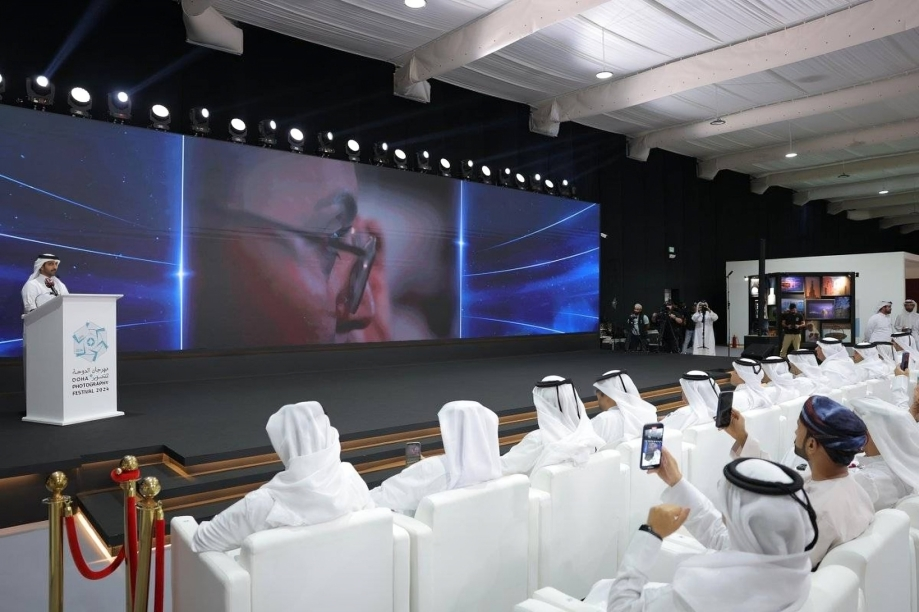
Two new research projects proposed by Hamad Medical Corp.’s trauma department have recently been awarded nearly $2 million in grant funding.
One of the areas of study will focus on workplace injuries and the other aims to promote and increase the use of child safety seats in cars in Qatar through a three-year initiative.
The grant comes from the National Priorities Research Program, part of Qatar Foundation’s National Research Fund.
Children
The issue of whether to buckle up children in car seats is a hot topic among residents here. Some people are skeptical about their use, citing the costs involved in buying the seats or saying that their children don’t like to be restrained while in moving vehicles.
However, with 54 percent of all deaths among children under the age of four in Qatar due to traffic accidents, experts want to spread the message that kids should be strapped in for their own safety and the safety of others in the car.
Dr. Ruben Peralta is Director of the Trauma and Critical Care Fellowship Program and Lead Principal Investigator of the Young Kids in Safe Seats (Y-KISS) Qatar Project.
Having worked internationally for more than a decade as an advocate of road safety, he is quoted by the Qatar News Agency saying:
“Our preliminary research in Qatar showed that among our young victims of road trauma, serious injury and death only occurred in those who were not restrained.
The youngest road users in Qatar often bear the brunt of the decisions of parents and caregivers; it is high time that we prioritized the safety of our most precious cargo.”
Researchers will study knowledge, attitudes and practices of parents and caregivers of children under five to the use of car seats, and will aim to come up with the best means of increasing the use of safety seats through educational programs, Peralta added.
The Hamad Hospital team will collaborate with the Primary Health Care Corporation and Johns Hopkins International Injury Research Unit of Johns Hopkins Bloomberg School of Public Health based in Baltimore, Maryland, US.
The other project – titled A Unified Registry for Workplace Injury Prevention in Qatar – will collect data on workplace injuries to help identify risk factors and reduce the number of accidents happening in the workplace.
Road traffic accidents and workplace injuries are the leading causes of injury in Qatar and the results of the two research projects will be used to design injury prevention programs, the Head of HMC’s Trauma Center Dr. Hassan al-Thani said.
Better car safety
Authorities in Qatar have been working for some time to encourage more residents to use child seats in cars.

Last summer, the Hamad Women’s Hospital ran a campaign to give out 7,000 baby car seats to the parents of newborns.
The initiative was a joint project between the government and Maersk Oil to improve mortality and injury rates on Qatar’s roads through the “One Second” campaign.
Though Qatar’s National Health Strategy 2011-2016 calls for providing mothers of newborns with car seats at the time of their discharge from the hospital, it is not illegal here for small children to ride in a vehicle unrestrained or on their mothers’ laps, a common sight on Doha roads.
However, children under the age of 10 are not allowed to travel in the front seat of a car. Still, young babies and children can often be seen cradled by their mother or nanny in the front passenger seat while being driven.
Although the HMC ran workshops last year on how to fit and use a child car seat, many parents given the free seat admitted they didn’t use it, as they weren’t sure how to install it.
At the end of last year, under the public safety campaign Kulluna (“all of us”) HMC announced it was training up to 100 volunteers as child car seat technicians and instructors to help spread the message about how to fit the seats and why they should be used.
Dr. Khalid Abdulnoor Saifeldeen, Senior Consultant in Emergency Medicine and Chairman of the Kulluna safety campaign, previously told Doha News of his experience of some of the severe consequences for unrestrained children in car accidents.
He said: “Fatalities are all from severe brain injuries in this age group, but we also see severe internal injuries, abdominal and chest, and fractures, spinal injuries.
Children can become a floating object in a car – we often use the word missile. It’s not only the impact of the crash itself, but the impact of that missile – the child – on the child’s body, particularly the brain. Those injuries can be, even for those that survive, devastating, not just for the child, but also the families.”
Thoughts?







